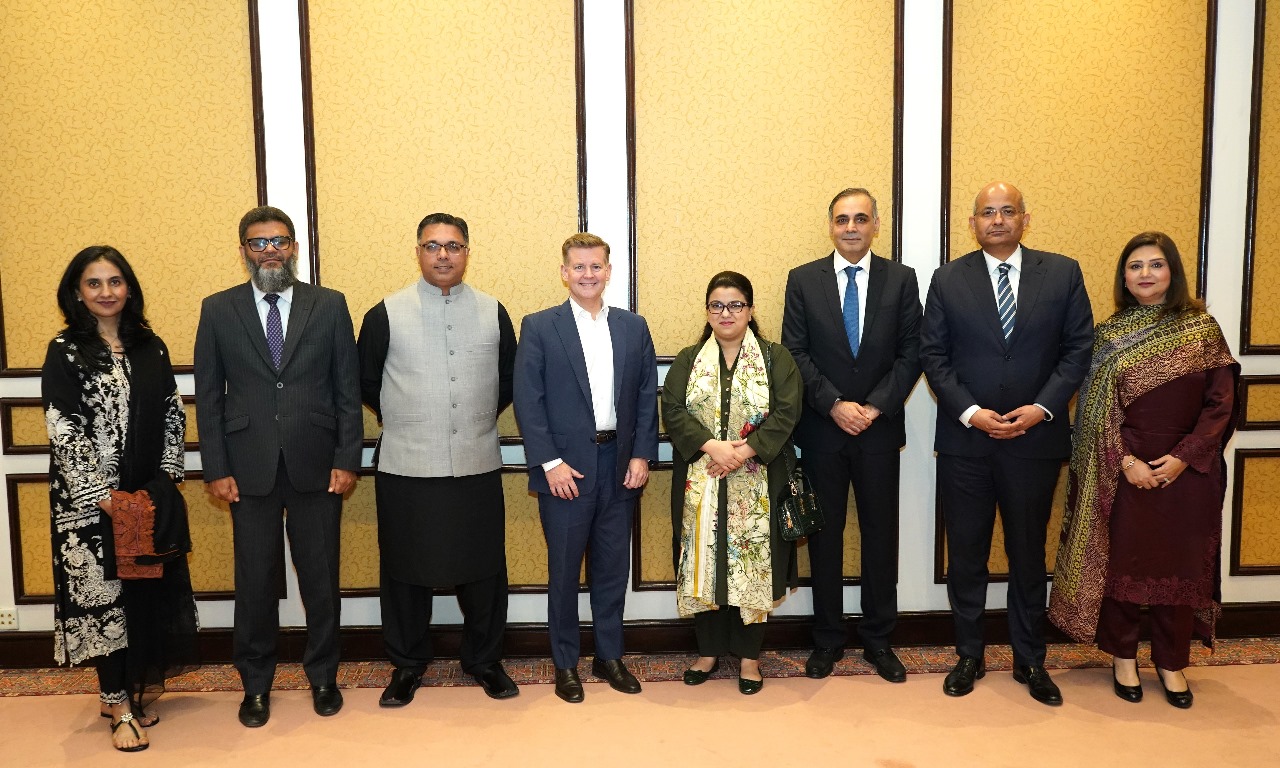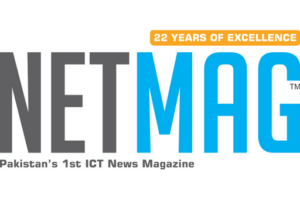In a world constantly striving for energy efficiency and sustainable practices, Pakistan has taken a significant step towards saving billions of rupees annually by implementing various energy-saving measures. The World Bank, a renowned financial institution, has expressed its unwavering commitment to fully finance the Energy Efficiency and Conservation (EE&C) Project, with an impressive budget of $150 million. In this article, we will delve into the intricate details of this project, exploring its significance, funding structure, expected savings, and the impact it may have on Pakistan’s energy landscape.
The World Bank’s Generosity
The commitment made by the World Bank to finance the EE&C Project is indeed a milestone in Pakistan’s journey towards energy conservation. Of the $150 million allocated for this venture, a staggering $135 million will be provided as a loan, while the remaining $15 million will be offered as a grant. This financial support is expected to be instrumental in driving the project forward and achieving its goals.
Project Rationale
According to a comprehensive study conducted by the World Bank, the EE&C Project holds immense potential to revolutionize Pakistan’s energy landscape. A remarkable 25 percent reduction in building energy usage across all sectors could translate into energy savings of 16 gigawatt-hours, resulting in cost savings of approximately Rs. 291 billion annually. This presents an opportunity not only for substantial financial savings but also for reducing the strain on the country’s energy resources.
The Project’s Approval
The journey of the EE&C Project was set in motion when it received formal clearance from the Central Development Working Party for negotiations with the World Bank for a $150 million loan. Additionally, the project was granted a $15 million technical grant aimed at capacity-building for the National Energy Efficiency and Conservation Authority (NEECA). However, it was recognized that a 10-year transition period for the project’s execution was too extended and should be minimized. This adjustment aligns with the urgency and importance of energy conservation efforts.
READ MORE: “Significant Price Reduction for the MG HS Essence”
World Bank’s Expression of Interest
Following the directives of the Central Development Working Party (CDWP), the Economic Affairs Division (EAD) was entrusted with the task of securing a firm commitment of $150 million in funding from the World Bank for the energy efficiency and conservation project, to be executed by NEECA. Encouragingly, the World Bank has now expressed its willingness to finance the project, underscoring its dedication to supporting Pakistan’s journey towards a more energy-efficient future.
Unlocking Energy-Saving Potential
The project’s sponsors, including the Ministry of Science and Technology and the Energy Efficiency Authority, have informed the Planning Commission that Pakistan possesses substantial energy-saving potential. This potential is estimated at around 10 to 12 million tonnes of oil equivalent, a unit of energy defined as the energy released by burning one tonne of crude oil. In a country with a current primary energy supply of about 95 million tonnes of oil equivalent, which is projected to exceed 115 million in 2025, unlocking this potential becomes paramount.
Shifting to Electric Efficiency
One of the critical components of this multi-purpose project involves shifting gas consumption to electricity. This transition is expected to yield substantial gains, potentially surpassing Rs. 250 billion annually. Such a move not only aligns with the broader goal of reducing carbon emissions but also promises significant financial benefits.
The Buildings Challenge
A significant challenge in Pakistan’s energy landscape is the inefficiency of most buildings. Many were not constructed with high energy-efficiency standards, resulting in excessive energy consumption and costs for consumers. The EE&C Project aims to address this challenge head-on, focusing on retrofitting buildings and promoting energy-efficient construction practices.
Conclusion
In conclusion, the World Bank’s commitment to fully finance the Energy Efficiency and Conservation (EE&C) Project in Pakistan is a pivotal step towards a more energy-efficient future. This project, with its substantial budget, is poised to make significant strides in reducing energy consumption and costs while also aligning with global sustainability goals.




